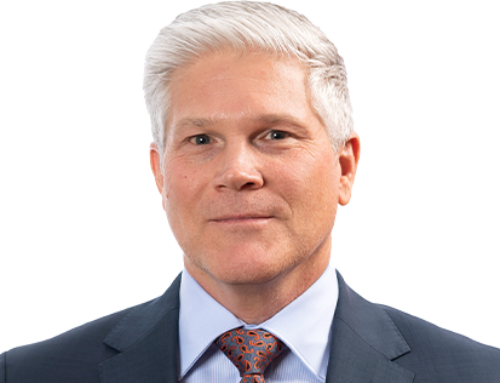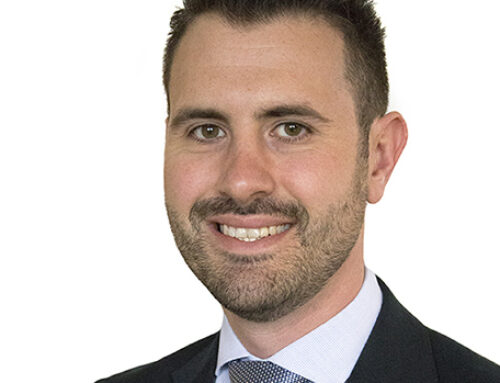Why vertical transportation?
I landed on this career path by sheer luck. I spotted an ad in the local paper that was looking for people who were mechanically and electrically minded and willing to train. I was 17 years old and had never thought about lifts as a potential job but soon I was on my way with an electrical apprenticeship. For me, it was the perfect opportunity to work on things I enjoy. Lifts are, essentially, large machines with a lot of working parts involving automated mechanical, electrical and software technology.
What’s an elevator myth you’d like to debunk?
Pretty much every action movie featuring the inside of a lift shaft is nonsense. All of them. Every single one.
What do you do outside of work that helps fuel your creativity and commitment to engineering?
I’m a very persistent tech head and tinkerer. If I haven’t taken on some kind of new technical hobby every few months, it would be a surprise. My workshop is full of a huge range of things like mechanic tools, woodworking equipment, a CNC router, 3D printer, numerous smart home IOT devices and electronic circuit board components.
My world outside of work now involves my partner and 2 sons who I hope to be able to share some of these hobbies with as they get older.
What professional relationships do you value the most?
I enjoy situations that, when sharing my technical expertise, someone doesn’t just take the advice without question. Instead, they seek to know more about the what, why and how.
I like to be challenged to explain my ideas and rationale because it helps to develop and build a stronger case for the project or solution we’re trying to deliver. The best ideas don’t spring out of routine and complacency.
If you could change one thing about the built environment, what would it be?
A primary goal of mine is to improve the safety of lifts for deaf and hard of hearing passengers. They currently have great difficulty communicating in an emergency if they get stuck in a lift. I’m working with the industry and disability organisations to try and push for significant improvement in this area but it’s no simple task.
What does Making Spaces Work mean to you?
Something ‘working’ simply because it’s operational isn’t enough. A space needs to be functional, perform in the way that clients and passengers expect and, most importantly, be as inclusive as possible. It needs to work for everyone, regardless of physical ability. This is of huge importance in vertical transport and making it possible is what I strive to deliver.










